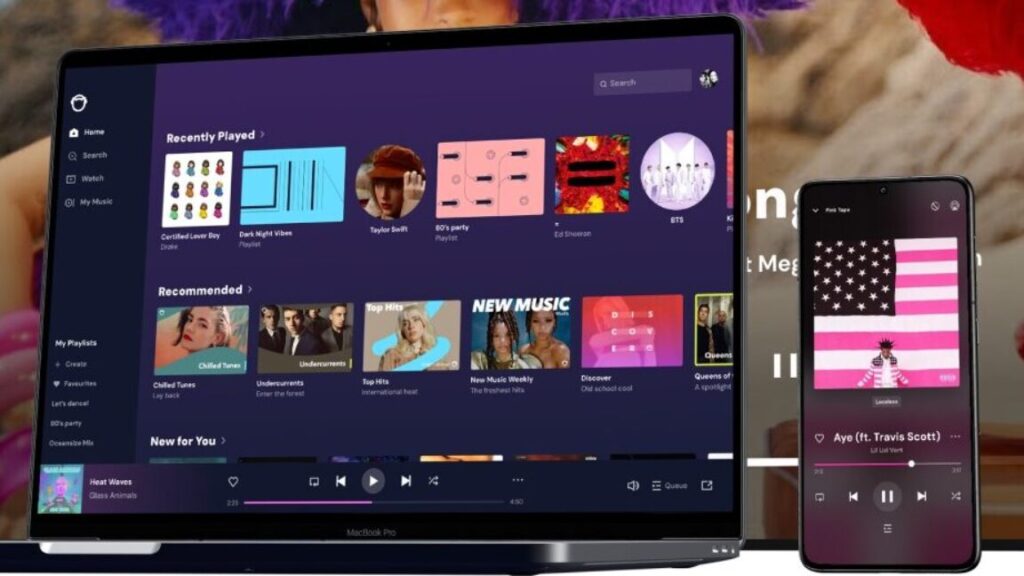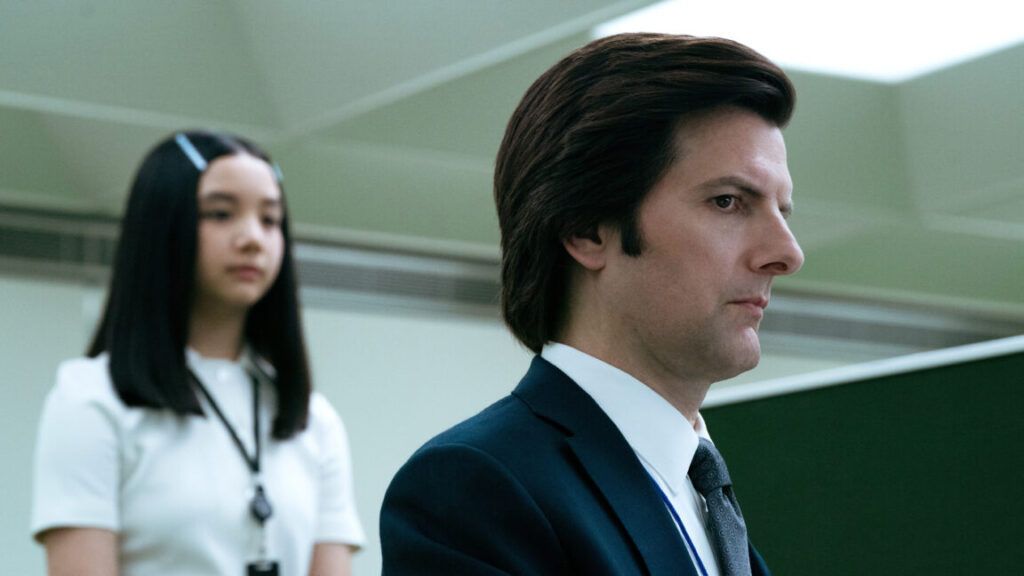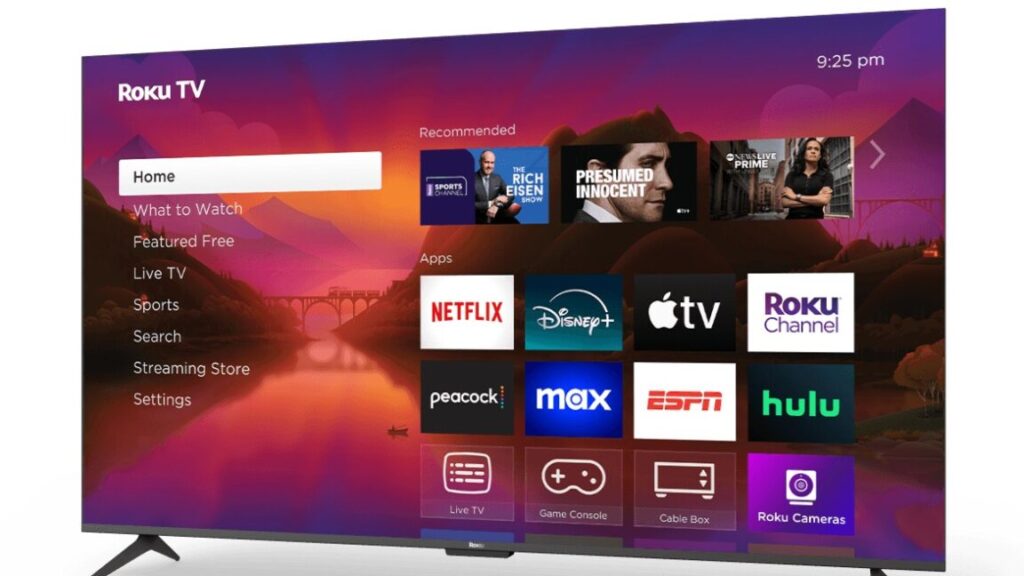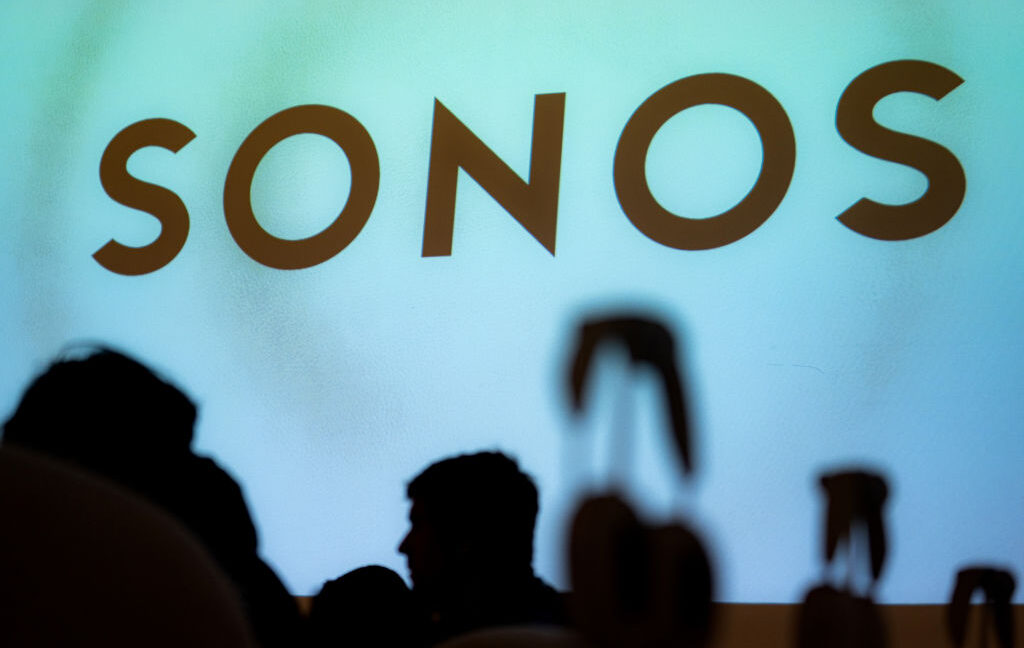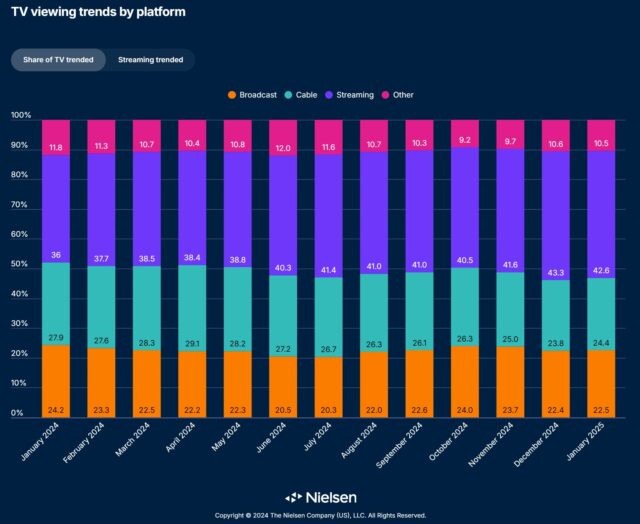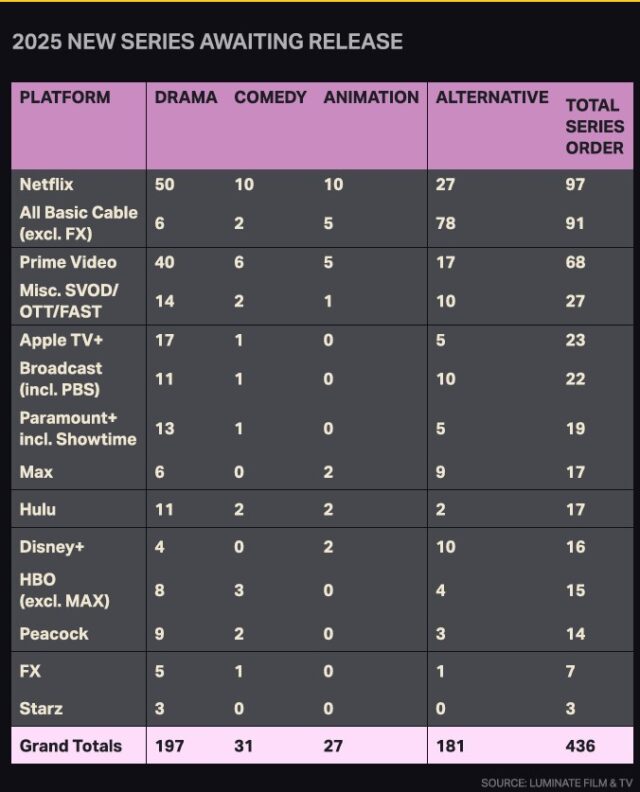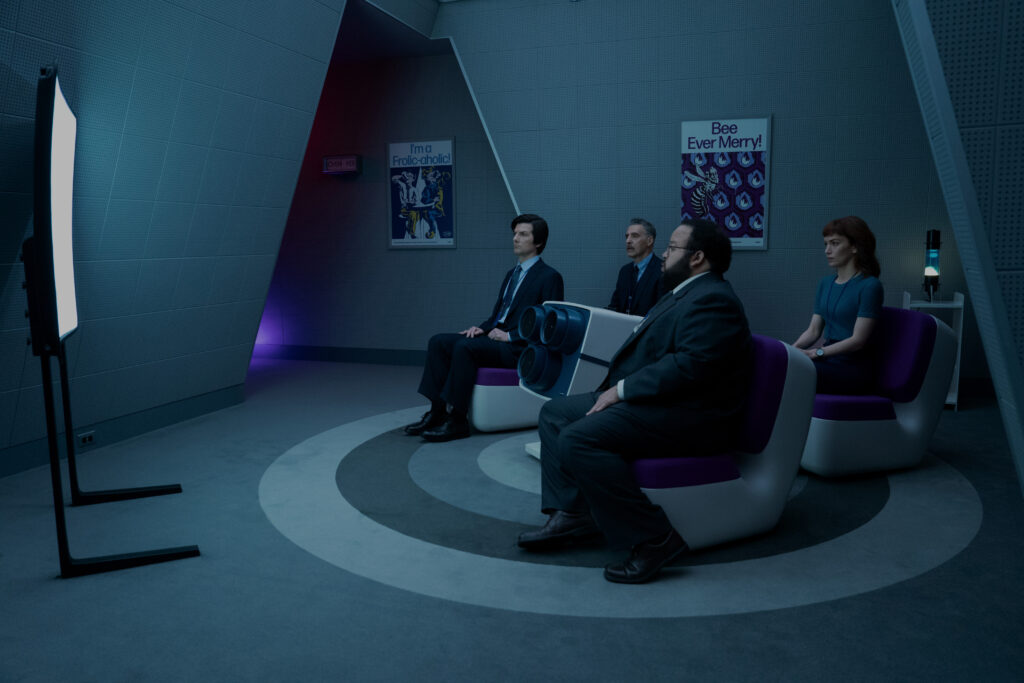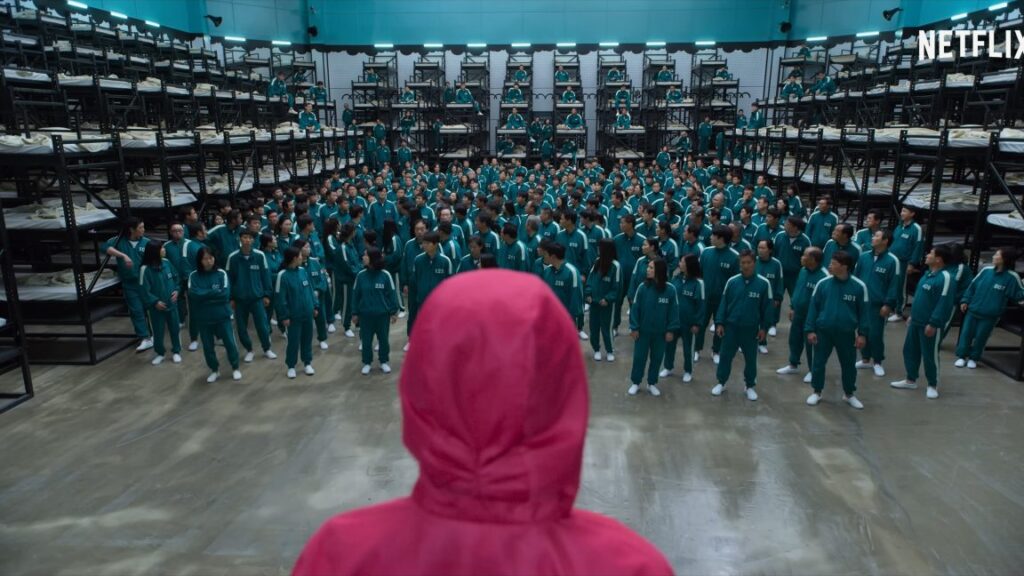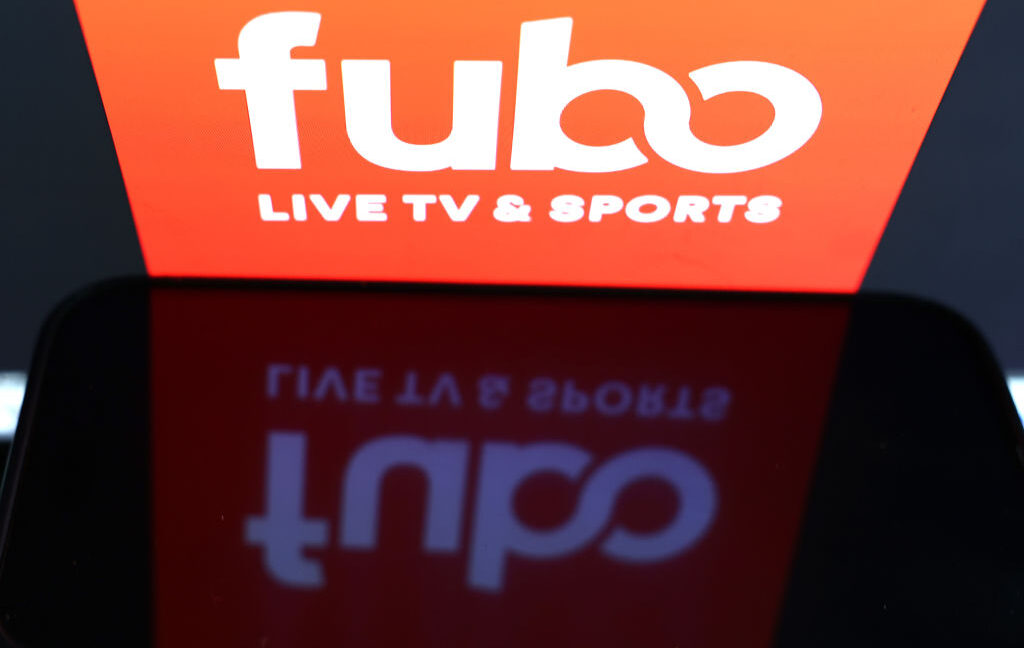Netflix plans to bring streaming into the $1 trillion club by 2030
Netflix doesn’t plan to disclose subscriber counts anymore, but one of WSJ’s anonymous sources said that the streaming leader wants to have 410 million subscribers by 2030. That would require Netflix to add 108.4 million more subscribers than it reported at the end of 2024, or about 21.7 million per year, and expand its global reach. In 2024, Netflix added 41.36 million subscribers, including a record number of new subscribers in Q4 2024.
Netflix plans to release its Q1 2025 earnings report on April 17.
$1 trillion club hopeful
Should Netflix achieve its reported goals, it would be the first to join the $1 trillion club solely through streaming-related business. The club is currently populated mostly by tech brands, including two companies that own Netflix rivals: Apple and Amazon.
Netflix is, by far, the most likely streaming candidate to potentially enter the lucrative club. It’s currently beating all other video-streaming providers, including Amazon Prime Video and Disney+, in terms of revenue and profits. Some streaming businesses, including Apple TV+ and Peacock, still aren’t profitable yet.
Netflix’s reported striving for a $1 trillion market cap exemplifies the meteoric rise of streaming since Netflix launched its streaming service in 2007. As linear TV keeps shrinking, and streaming companies continue learning how to mimic the ads, live TV, and content strategies of their predecessors, the door is open for streaming firms to evolve into some of the world’s most highly valued media entities.
The potential for Netflix to have a trillion-dollar market cap also has notable implications for rivals Apple and Amazon, which both earned membership into the $1 trillion club without their streaming services.
Whether Netflix will reach the goals reported by WSJ is not guaranteed, but it will be interesting to watch how Netflix’s strategy for reaching that lofty goal affects subscribers. Further, with streaming set to be more central to the viewing of TV shows, movies, and live events by 2030, efforts around things like ads, pricing, and content libraries could impact media consumption as we head toward 2030.
Netflix plans to bring streaming into the $1 trillion club by 2030 Read More »



